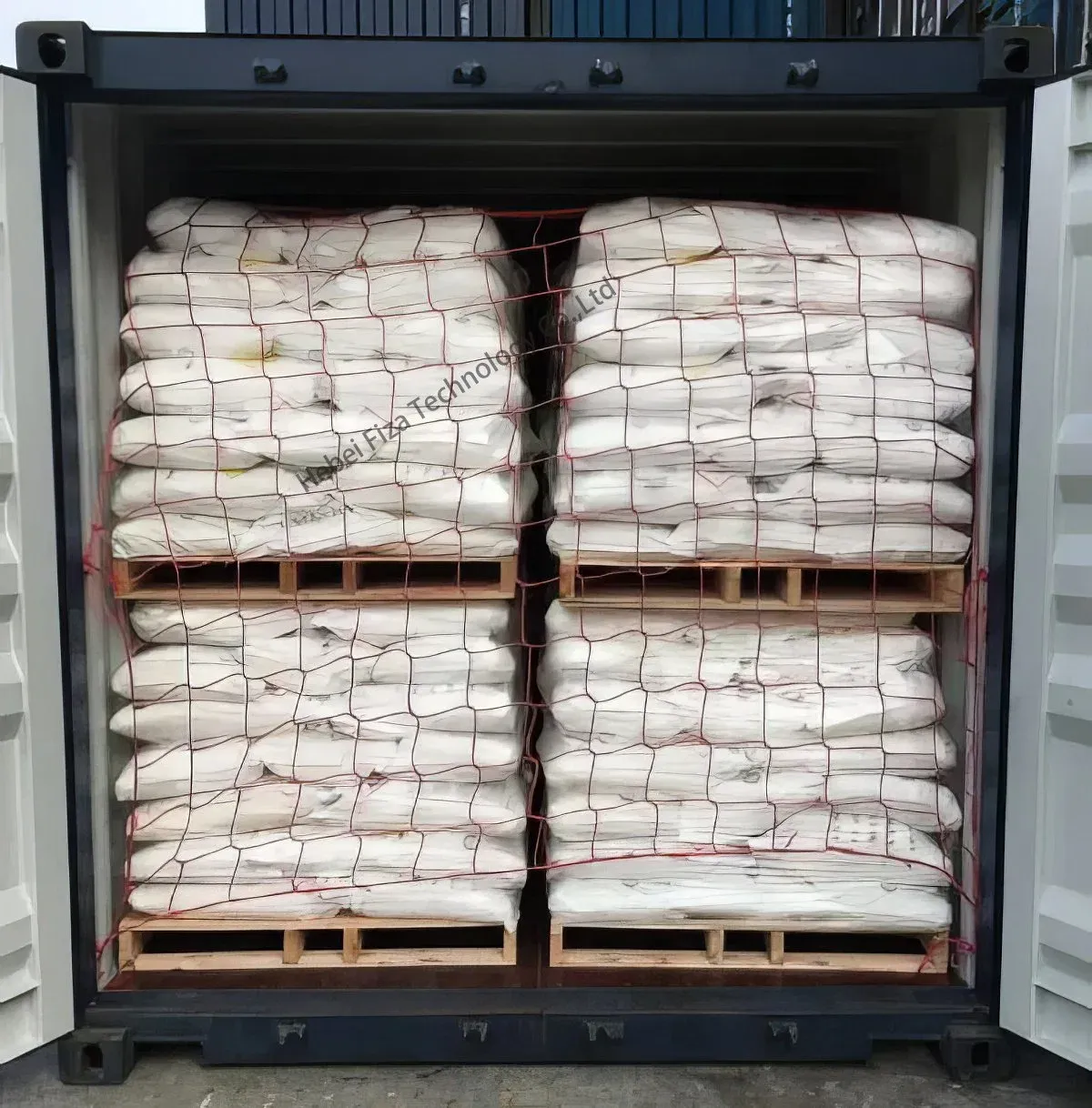



sodium chlorate molar mass
Understanding the Molar Mass of Sodium Chlorate
Sodium chlorate, chemically represented as NaClO₃, is an important compound widely used in various industrial applications, including herbicides, bleaching agents, and even in the production of chlorate salts. Understanding its molar mass is fundamental in stoichiometry, chemical reaction calculations, and when preparing solutions for various uses.
What is Molar Mass?
Molar mass is the mass of one mole of a substance, which can be expressed in grams per mole (g/mol). It is a crucial concept in chemistry, as it allows chemists to convert between the mass of a substance and the number of moles, facilitating the quantification of reactants and products in chemical reactions. Molar mass is calculated by summing the atomic masses of all the atoms present in the molecular formula of a compound.
Components of Sodium Chlorate
To calculate the molar mass of sodium chlorate, we need to break down its molecular formula, NaClO₃, into its constituent elements
1. Sodium (Na) - Atomic mass Approximately 22.99 g/mol
2. Chlorine (Cl) - Atomic mass Approximately 35.45 g/mol
3. Oxygen (O) - Atomic mass Approximately 16.00 g/mol
Calculating Molar Mass
The molar mass of sodium chlorate can be calculated by adding together the atomic masses of each element multiplied by the number of times they appear in the molecular formula
sodium chlorate molar mass

- Sodium 1 × Na = 1 × 22.99 g/mol = 22.99 g/mol - Chlorine 1 × Cl = 1 × 35.45 g/mol = 35.45 g/mol - Oxygen 3 × O = 3 × 16.00 g/mol = 48.00 g/mol
Now, we sum these values
\[ \text{Molar mass of NaClO₃} = 22.99 \, \text{g/mol} + 35.45 \, \text{g/mol} + 48.00 \, \text{g/mol} = 106.44 \, \text{g/mol} \]
Therefore, the molar mass of sodium chlorate is approximately 106.44 g/mol.
Importance of Molar Mass in Practical Applications
Knowing the molar mass of sodium chlorate is particularly useful in various practical situations. For instance, in agricultural practices where sodium chlorate is used as a herbicide, understanding how to accurately measure and mix this chemical is critical for both efficacy and safety. Incorrect calculations can lead to ineffective treatments or potential harm to the environment.
In laboratory settings, when conducting reactions with sodium chlorate, chemists use its molar mass to determine how much of the substance is required to achieve desired concentrations in solutions. This becomes essential when calibrating experiments or scaling up to industrial processes.
Conclusion
Sodium chlorate is a compound with significant utility in various fields, and its molar mass is a key aspect of handling and utilizing this chemical effectively. With a molar mass of approximately 106.44 g/mol, this compound illustrates the importance of understanding basic chemical concepts for practical applications in chemistry. Whether in herbicides, industrial processes, or academic research, the accurate calculation of molar mass allows chemists to collaborate, innovate, and apply their knowledge for practical solutions.
In summary, mastering the concept of molar mass, particularly in compounds like sodium chlorate, enhances our ability to work effectively with chemical substances, promoting safety and efficiency in various applications. As we continue to harness the potential of chemicals in our daily lives, a firm grasp of these fundamental principles will remain vital to both scientific progress and environmental stewardship.
-
Why Sodium Persulfate Is Everywhere NowNewsJul.07,2025
-
Why Polyacrylamide Is in High DemandNewsJul.07,2025
-
Understanding Paint Chemicals and Their ApplicationsNewsJul.07,2025
-
Smart Use Of Mining ChemicalsNewsJul.07,2025
-
Practical Uses of Potassium MonopersulfateNewsJul.07,2025
-
Agrochemicals In Real FarmingNewsJul.07,2025
-
Sodium Chlorite Hot UsesNewsJul.01,2025










